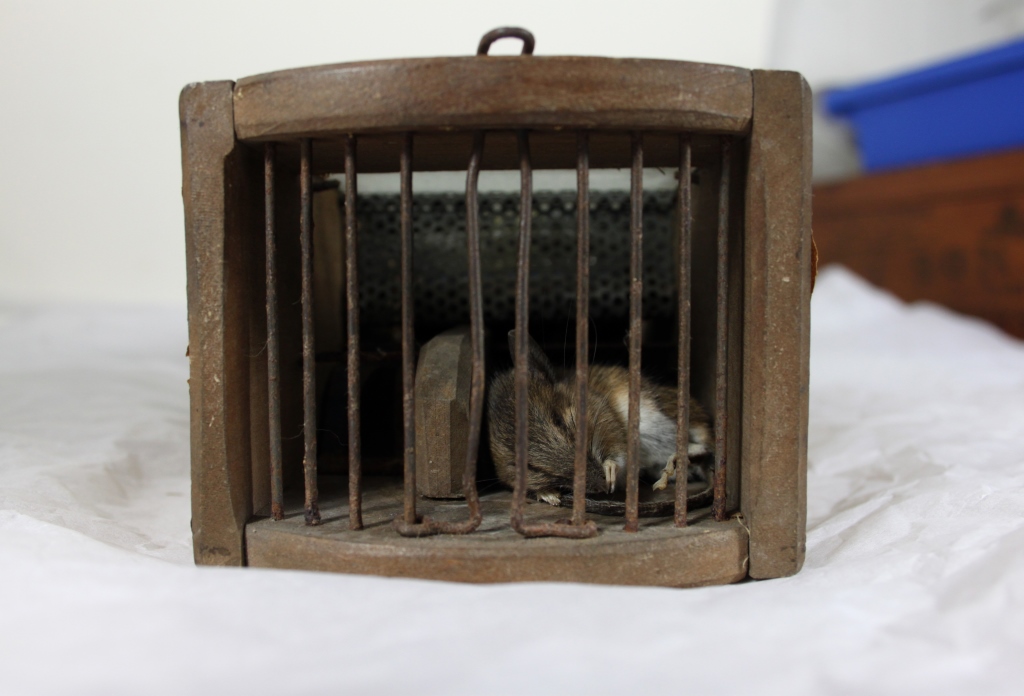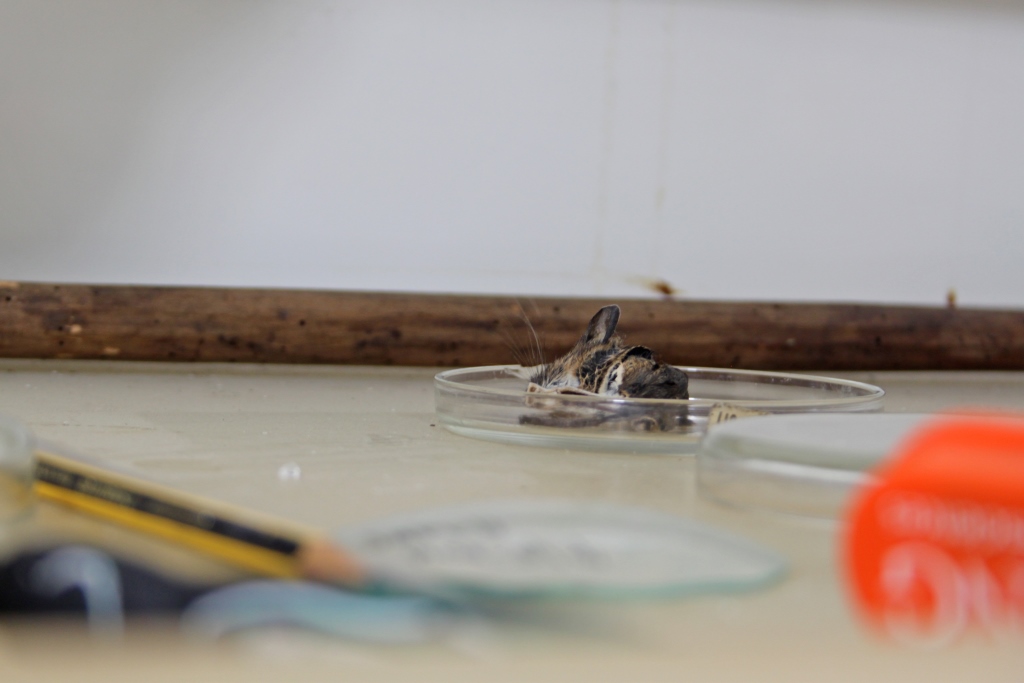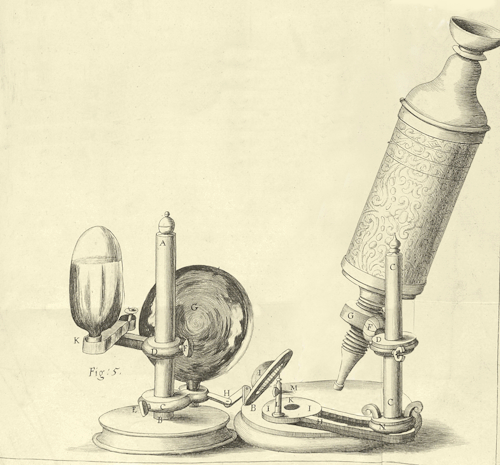The digital world is not coming, it is already here.
In fact, it has been here for some time. Online shopping is king, Google knows where you live, almost everyone has a smartphone and the President-elect speaks primarily through Twitter.
But being able to use smartphones, graphic software, websites, social media, apps, tablets, Windows, Macs and everything else remains a steep learning curve for many. Morevoer, digital is not simply simply technology but how we have adapted to these technologies, touching on issues such as online privacy, piracy, open data, hacking and entirely new forms of communication.
And if you think it’s hard keeping up with today’s world on a personal level, imagine how difficult it is to keep entire institutions such as museums up to date.
The job is made easier by how museums are forward-looking, aim to reflect contemporary as well as past society and are keen to adapt new technologies to encourage conversation, learning and discovery. We want to be using digital technologies in marketing, displays and education. We want to be relevant and cutting-edge.
The problem is how to get there.

The Science Museum Lates are a perfect case study of how we can engage new audiences with digital technologies.
Getting there is the aim of #Reading: Town and Country, a joint project between Reading Museum and the Museum of English Rural Life funded by Arts Council England. Reading is lucky to have two museums which cover such a broad swathe of history and culture: Reading Museum for the town, and the Museum of English Rural Life for the country. Together, we will make the best of most museum’s areas of expertise to better serve Reading’s communities in new, digital ways.
The overview of the project is deceptively simple: to take stock of how we use digital technologies currently and the skills of our staff; to then train staff in the digital areas with most potential; and finally to put those skills to use in shared projects between the two museums.
But this is new ground for us. We need to open the eyes of our colleagues to the potential of digital for our work through case studies from the wider sector. We need to appreciate that everyone has different needs and expectations; some simply need to know how to use Twitter, while others may be interested in how we could use 3D-printing and Virtual Reality. We need to be prepared to thoroughly review our institutional plans and strategies, and ensure they take digital opportunities and realities into account. Above all, we need to make sure that our audiences benefit.
We are not starting from ground zero, however. Both museums of course have websites, are on social media and have online object databases. Both museums, however, are aware that to remain relevant to our communities we need to be incorporating new technologies into what we do, to be using social media effectively and ensure our systems are keeping pace.
What this means for our visitors is a step-change in how the museum operates to take account of how the world is changing. It means exciting new ways for you to get involved and to learn new things.
What this means for staff is an exciting opportunity to learn new skills, use new technology and transform how we operate both internally and for our audiences.
You can keep up with what we do on our blog, as well as by keeping a close eye on Reading Museum’s and the MERL’s social media accounts!














